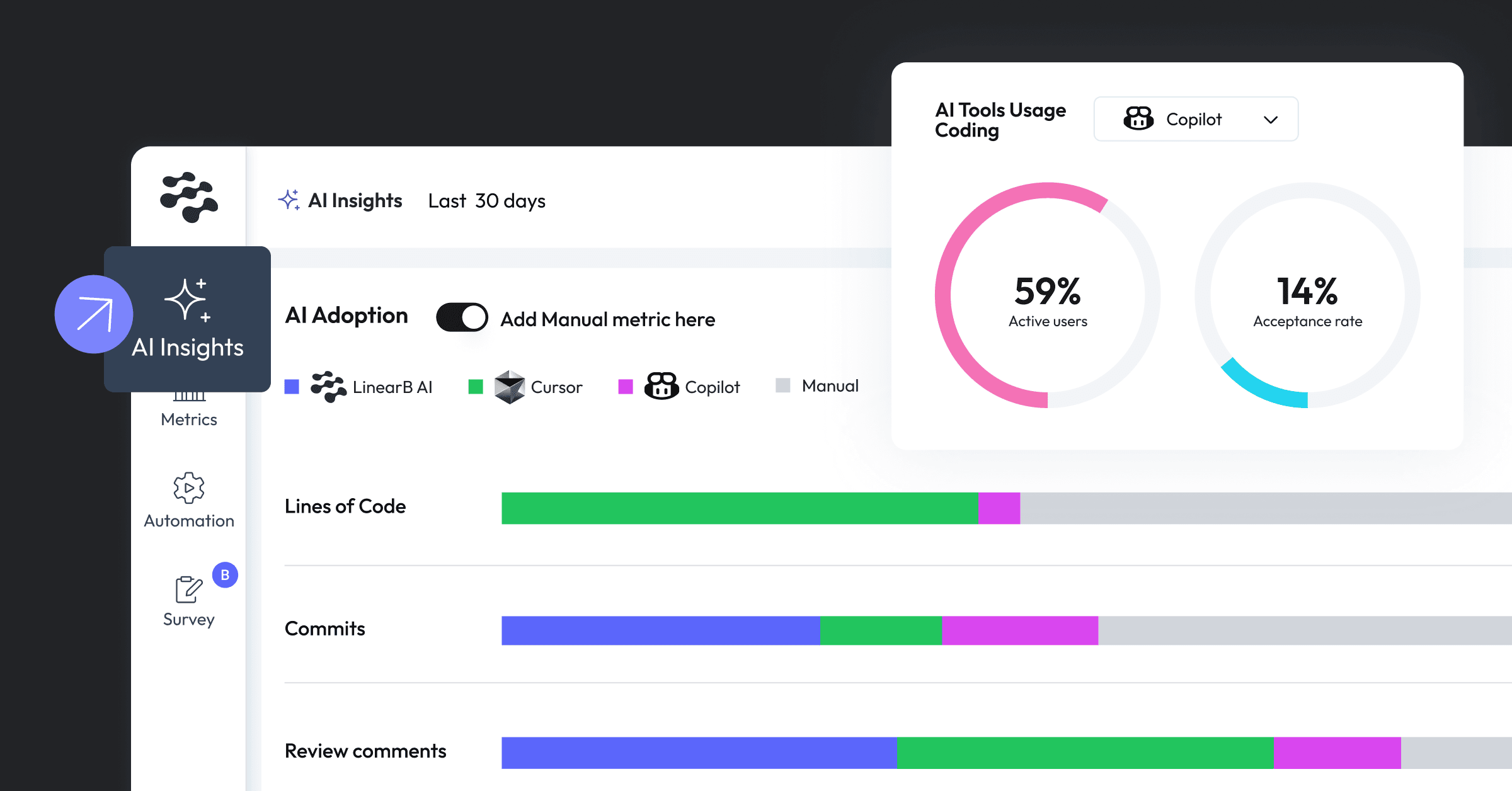Resource Center
Quickstart metrics guide: Cycle Time
In software engineering, time is your enemy. Long Cycle Times lead to higher rework rates, more context switching, and slower delivery.
This guide will show you why Cycle Time matters, how to measure it, and how to reduce it with the right practices and automations.
Quickstart metrics guide: Cycle Time
Download your free copy

Why Cycle Time matters
Cycle Time measures how long it takes code to move from the first commit to production deployment.
A long Cycle Time signals friction and is likely to cause:
Higher risk of code rework
More context switching and cognitive load
Delays that compound across sprints

How to run the experiment yourself
Cycle Time includes four key phases:
- Coding Time – From first commit until PR creation
- Pickup Time – From PR creation until the first review starts
- Review Time – From review start to PR merge
- Deployment Time – From merge to production release
This guide includes industry benchmarks based on 6.1M+ PRs from 3,000 teams across 32 countries.

Practices for improving Cycle Time
Most Cycle Time delays happen in the PR lifecycle—especially during pickup and review.
LinearB helps engineering leaders streamline these steps and accelerate delivery with a mix of best practices and automation. By combining process discipline with automation, your team can reduce Cycle Time without sacrificing quality.

Download your free copy

More resources

Report
2026 Software Engineering Benchmarks Report
Created from a study of 8.1+ M PRs from 4,800 engineering teams across 42 countries.

Workshop
2026 Benchmarks Insights
Explore new AI insights from the 2026 Software Engineering Benchmarks Report – backed by 8.1M+ PRs across 4,800 engineering teams and 42 countries.

Demo
Understand AI adoption and developer impact with the AI Insights Dashboard
This demo guides you through the AI Insights Dashboard, demonstrating how to track and analyze trends in AI tool adoption, rule coverage, and code quality....